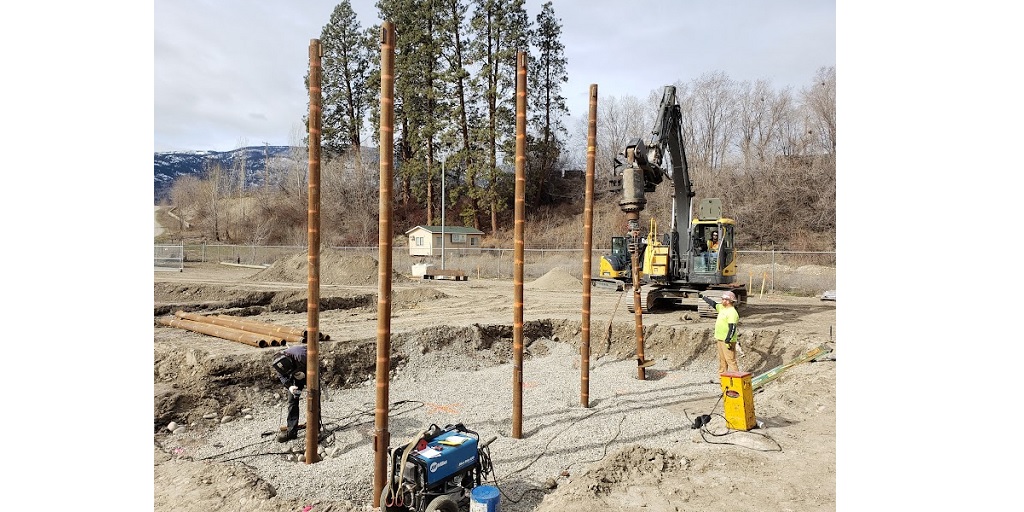In the world of construction, terms like “pier” and “pile” are often used interchangeably, leading to confusion among contractors and property owners. While both are foundational elements used to support structures, they have distinct characteristics and purposes. Understanding the difference between piers and piles can help clarify which is more appropriate for a particular project, especially in areas where specialized foundation solutions, such as BC helical piles, are gaining popularity.
Piers: Stability for Shallow Foundations
Piers are generally considered to be a shallow foundation system. They are cylindrical columns of reinforced concrete or steel that extend from the foundation’s surface down into the ground to transfer the weight of a structure. Piers are designed for areas where the soil near the surface is stable enough to support a structure without needing to reach deep, load-bearing layers.
There are several types of piers, such as drilled piers and poured concrete piers. Drilled piers are created by boring a hole into the ground and filling it with concrete, while poured concrete piers are constructed using molds that are filled with concrete on-site. Piers are often used for smaller structures or buildings where the ground conditions do not require the deep foundation support that piles provide.
Piles: A Deep Foundation Solution
Piles, on the other hand, are deep foundations that are driven or drilled into the ground to reach load-bearing soil or bedrock. Piles are typically used when the surface soil lacks sufficient strength to support the weight of a structure. There are various types of piles, including driven piles, cast-in-place piles, and helical piles. Each type serves a unique purpose depending on the soil conditions and the structural load requirements.
BC helical piles, for instance, are a popular choice in construction for their versatility and efficiency. These piles are screwed into the ground, using a helical (spiral) design that allows them to be installed without excessive ground disturbance. Helical piles are excellent for projects where soil conditions are unpredictable, offering a stable foundation solution for both residential and commercial structures.
Key Differences Between Piers and Piles
While piers and piles both serve to support structures, the main difference lies in their depth and application. Piers are typically used in shallow foundations, making them suitable for smaller buildings or where soil conditions are more stable near the surface. In contrast, piles extend much deeper into the ground, making them essential for projects requiring a deep foundation due to unstable or weak surface soil.
Piles, especially BC helical piles, are preferred for larger construction projects, such as multi-story buildings, bridges, and large residential developments. The installation process for piles can vary, but in many cases, piles are driven or screwed deep into the ground, ensuring a secure foundation that can handle heavy loads and shifting soil conditions.
When to Choose Helical Piles Over Piers
In construction, choosing between piers and piles often comes down to the soil type and the load requirements of the structure. Helical piles have become a favored choice in areas with unpredictable soil, or where deep foundation support is necessary to ensure structural stability. The versatility of helical piles means they can be installed quickly and with minimal disruption, making them ideal for retrofits, expansions, or new builds in challenging environments.
By using BC helical piles, construction projects can benefit from a foundation system that adapts to various soil conditions and provides long-term stability, bridging the gap between traditional pier and pile foundations. These innovative piles are an excellent solution for modern construction, offering both durability and efficiency where deep foundation support is needed.
While piers and piles both play critical roles in foundation support, understanding their differences helps ensure the right choice is made for each project. Whether using piers for shallow applications or opting for deep foundation solutions like BC helical piles, selecting the appropriate foundation method is key to long-lasting structural integrity.
For more information about Industrial Drilling British Columbia and Commercial Drilling Service please visit:- ATLAS PILING


